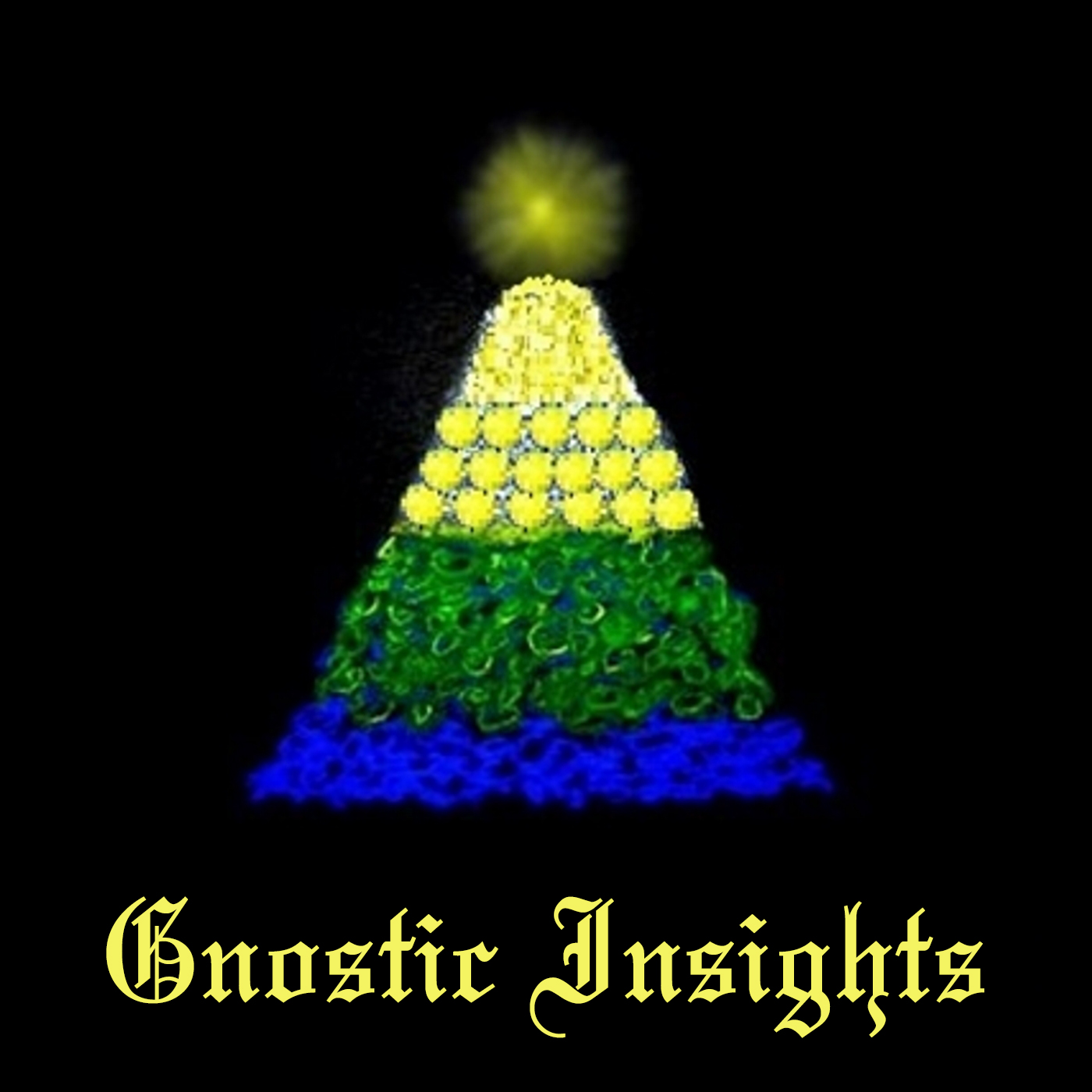Emissaries of Consciousness
Description
The purpose of Gnostic Insights is to share with you the insights that I have gleaned through many years of contemplation, prayer, and study of the Gnostic writings, mostly as written in the Nag Hammadi library, and particularly the Tripartite Tractate, which is one of the books of the Nag Hammadi. So far in this series, we have laid out the development of our universe from the originating Father's consciousness, through the Son, through the Fullness of God. We've gone through Logos and the Fall, and the deficiencies of the Fall.
As I say, the purpose of these podcasts is to share gnosis with you and for you to soak this in and take in this gnosis for yourself. You need to understand in a reasonable way what's going on. Gnosis means knowledge, and this implies thinking and reason. I attempt to lay out everything for you in a logical way so that you can follow along and make sense of everything so that it will become for you gnosis. Gnosis goes beyond simply hearing to understanding, and this is why I emphasize thought and reasoning as part of the process for gnosis. This approach to gnosis involves reason.
In Gnostic terms, as well as traditional Judaic and Christian terms, the Son is a piece of the Father and the Father is the originating consciousness, the ground state, the matrix behind our existence. The Son contains all of the characteristics of the originating consciousness in a discrete form—in a package, so to speak, like a bucket dipped into the ocean. The Son is the sea water inside of the bucket, which is identical to the great ocean that surrounds it. The Son is what we can call a perfect fractal of the entirety of the Father.
The Aeons are facets that emerge from the Son, each one different from one another, like the individual rays of a star. Together they form a single totality of the Son; the Son and the Fullness of the Aeons are identical. When the Aeons sit in perfect harmony together in a state known as the Fullness of God, this is also called the Pleroma. This particular aspect of Judaism and Christianity was cut out of the canonical texts of the Bible by the Emperor and the Pope during the Nicene Council's packaging of Christianity for the empire. The Pleroma of the Aeons was well known to the Jews during the time of Jesus and survives in the New Testament as references to Aeons. But when I read the Bible, I find that these are generally misinterpreted as units of time rather than units of consciousness. The Fullness of God is also contained in the Bible as a more vague reference to the size or capacity of the Father, which is basically true, but it is stripped of its meaning as the aggregation of the Aeons. The Pleroma is the place of the Elect and the Spiritual Ones referenced in the New Testament.
According to Gnostic texts, our universe was created when one of these Aeons deviated from its place in the Fullness and headed out on its own without consent. Most books of the Nag Hammadi identify this Aeon as Sophia, while others identify it as the Aeon called Logos. My own interpretation of the Gnostic Gospel, The Gnostic Gospel Illuminated, identifies this Aeon with Logos. The gnostic gospels are religious books, and their rendition of these events carries implicit religious moral judgments. The Aeon who left to strike out on its own, is said to have fallen. This Fall is the original Fall referenced in the Bible, not the Fall of Adam and Eve in the garden, although it may be possible to consider the garden as a fractal fable that references the same.
In my view, the Fall represents the rise of ego, as this Aeon Logos acted on its own presumptuous thought, which is another word for ego, and its own motives apart from the will of the Father and the Fullness. As I said, the Gnostic texts differ in their identification of the Fallen Aeon as either Sophia or Logos,
More Episodes
Published 11/23/24
Published 11/23/24
Published 09/14/24


